Monkey business: Jaime Hayon’s magical horological universe

What made you give watch design a go?
I really like classic watch designs but I had never found something that said: 'Yes, this is exactly that'. There was nothing with a sense of humour, so I started to think about a watch design. I collaborated with Ian Lowe and Angela Adams and we set up the watch brand Orolog in 2013.
And the technological challenge?
If you think about the functionality of something you will never design anything. The size – and the fact that you can draw it then print it like a paper watch you had as a kid, and put it on your wrist right away, makes the process simpler than furniture or sculpture design.
Where did the cheeky monkey on the dial of the Miko come from?
When you think about a specific character it presents the design solution. The three sub dials in the chrono movement of the ‘Miko’ – monkey – watch had a story – I saw the monkey image in them. The story makes decisions. You might not know the monkey is there at first. People tend not to see it straight away, but then when you catch a glimpse of it you get a surprise.
Tell us about the new addition to your horological menagerie?
The new Gaviota design, which will launch in autumn, features a seagull – the Spanish word is ‘gaviota’. It’s like a sculpture because I played with volume by multi-layering using just engraving, so the bird appears in relief on the dial.
What are the Hayon design codes in Orolog watches?
I wanted to create a watch out of all the things I like so that it looks like me and something I would do. I liked the idea of creating a history with texture and design and used French style guilloche décor, which worked well for the monkey hair, which is linear.
If Orolog created a digital watch what form would it take?
I don’t think the future is an app – it’s what we do with a watch itself. You can be innovative with analogue solutions, such as looking at it from a more historical perspective: the gentleman looking at his pocket watch is similar to someone taking his phone out of his pocket and checking the time, for instance. Techology is there to be used. How are we going to use it? We don’t know. Ultimately, it will always be about what we like to wear ourselves.
As originally featured in the May 2016 issue of Wallpaper* Time Supplement (W*206)
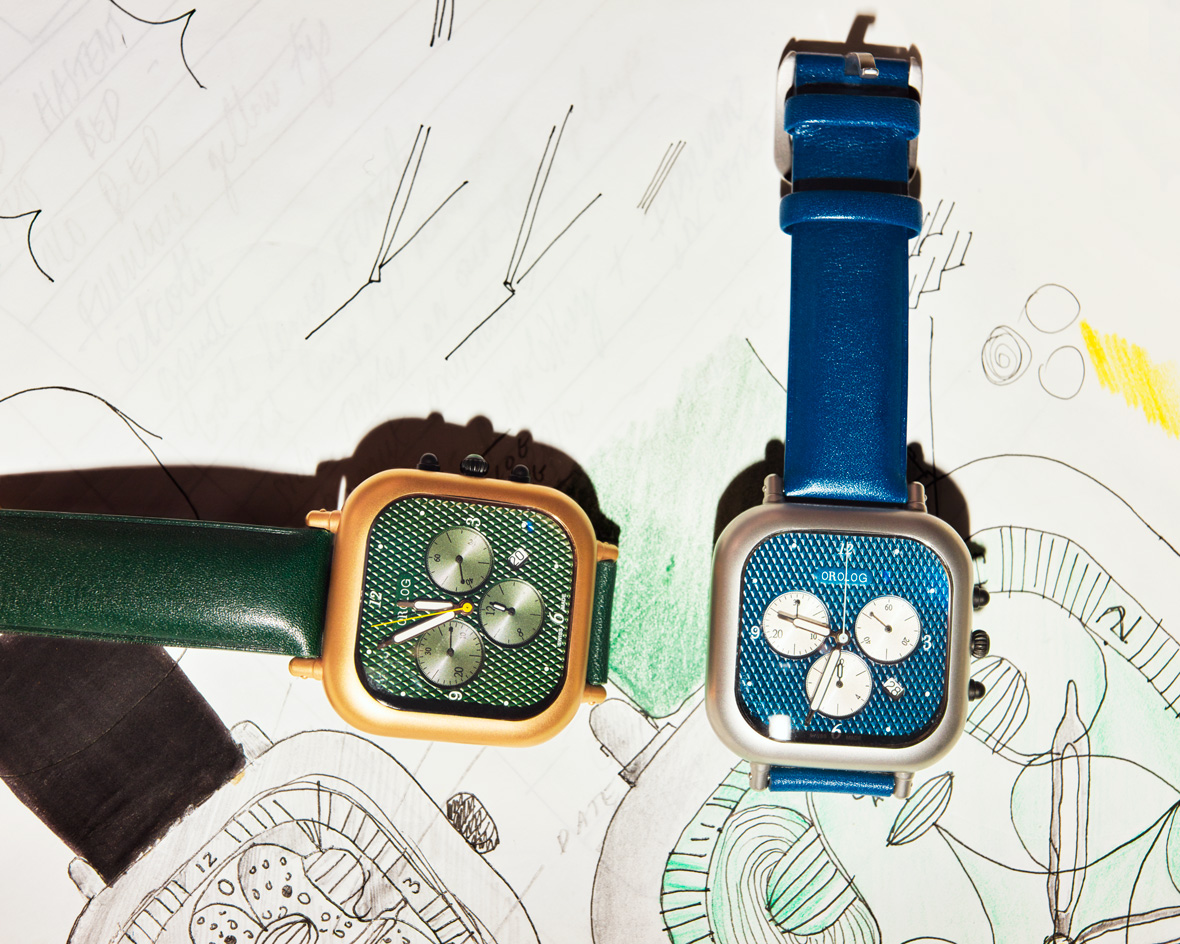
Hayon co-founded Orolog in 2013 with Angela Adams and Ian Lowe. Pictured is the brand's first watch the 'Chroma'

Here the creative wears his latest design: the stainless steel limited-edition Orolog 'Miko' (Japanese for monkey)
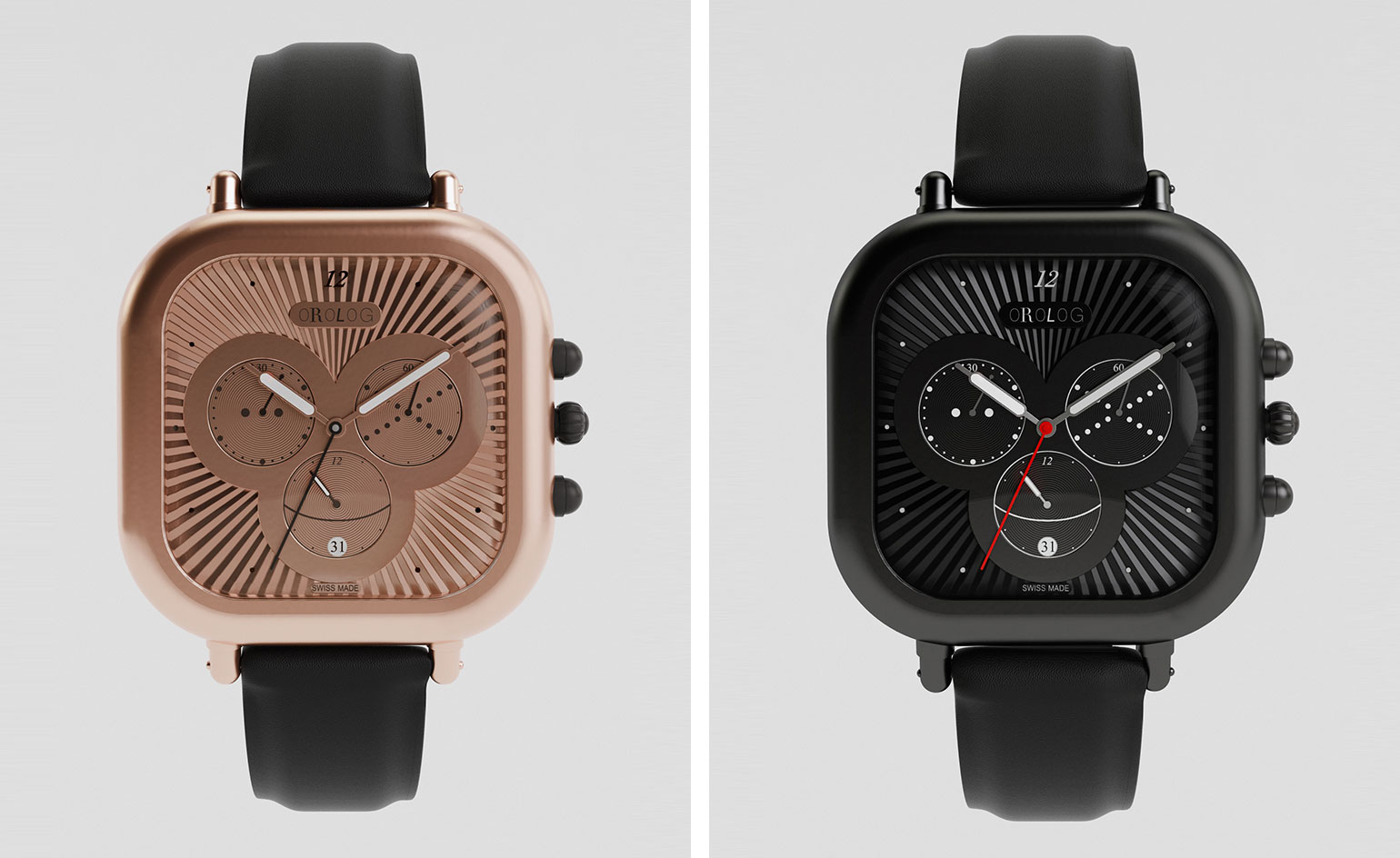
'If you think about the functionality of something you will never design anything,' he says. 'The size – and the fact that you can draw it then print it like a paper watch you had as a kid, and put it on your wrist right away, makes the process simpler than furniture or sculpture design.'

'The three sub dials in the chrono movement of the Miko – monkey – watch had a story – I saw the monkey image in them. The story makes decisions. You might not know the monkey is there at first. People tend not to see it straight away, but then when you catch a glimpse of it you get a surprise.'
INFORMATION
For more information, visit the Orolog website or Jaime Hayon website
Receive our daily digest of inspiration, escapism and design stories from around the world direct to your inbox.
Caragh McKay is a contributing editor at Wallpaper* and was watches & jewellery director at the magazine between 2011 and 2019. Caragh’s current remit is cross-cultural and her recent stories include the curious tale of how Muhammad Ali met his poetic match in Robert Burns and how a Martin Scorsese Martin film revived a forgotten Osage art.
-
 Inside Christian de Portzamparc’s showstopping House of Dior Beijing: ‘sculptural, structural, alive’
Inside Christian de Portzamparc’s showstopping House of Dior Beijing: ‘sculptural, structural, alive’Daven Wu travels to Beijing to discover Dior’s dramatic new store, a vast temple to fashion that translates haute couture into architectural form
-
 A music player for the mindful, Sleevenote shuns streaming in favour of focused listening
A music player for the mindful, Sleevenote shuns streaming in favour of focused listeningDevised by musician Tom Vek, Sleevenote is a new music player that places artist intent and the lost art of record collecting at the forefront of the experience
-
 Take a tour of the 'architectural kingdom' of Japan
Take a tour of the 'architectural kingdom' of JapanJapan's Seto Inland Sea offers some of the finest architecture in the country – we tour its rich selection of contemporary buildings by some of the industry's biggest names
-
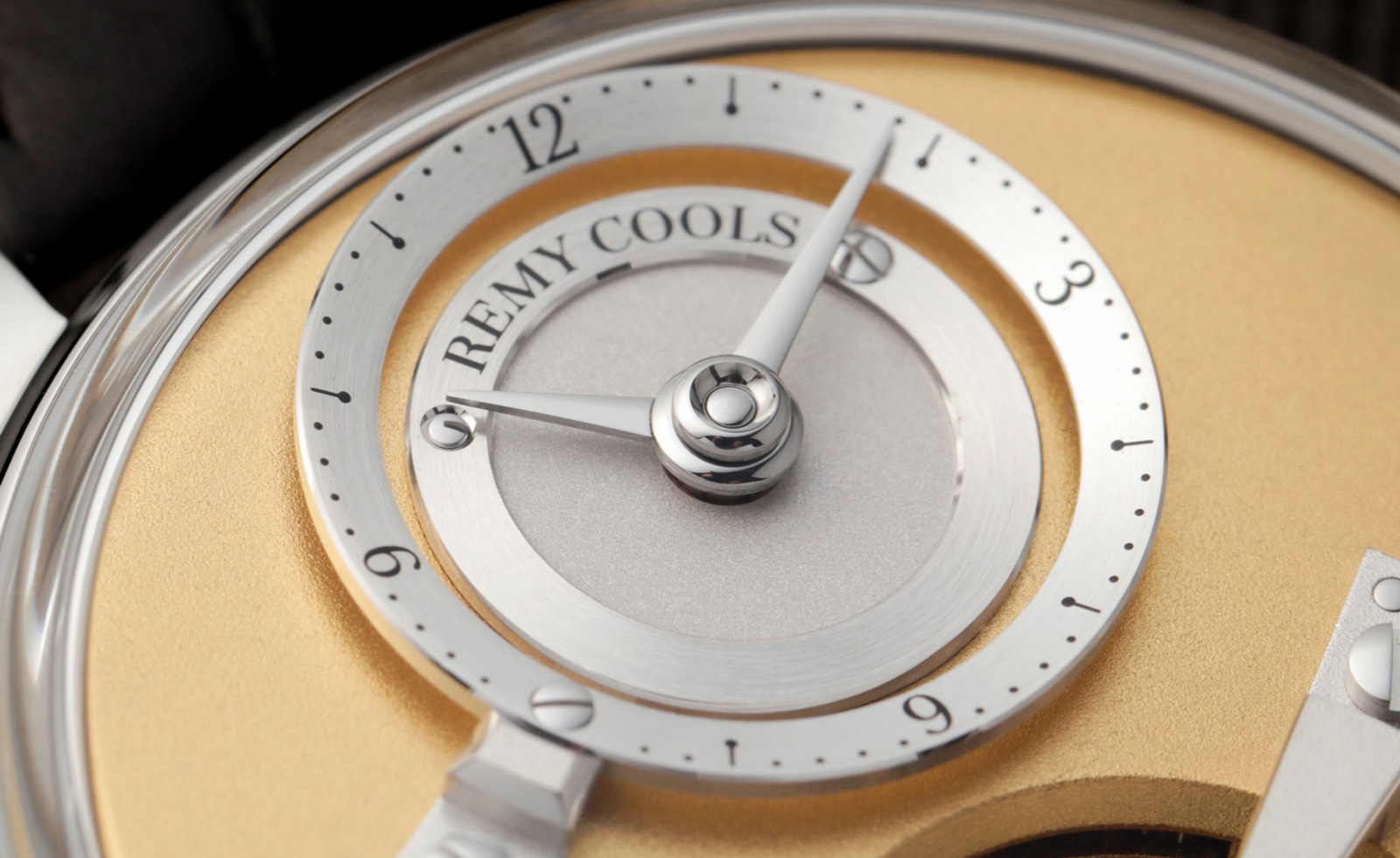 Meet the young watchmakers stirring up the industry
Meet the young watchmakers stirring up the industryLoupes at the ready, these artisans are ones to 'watch'
-
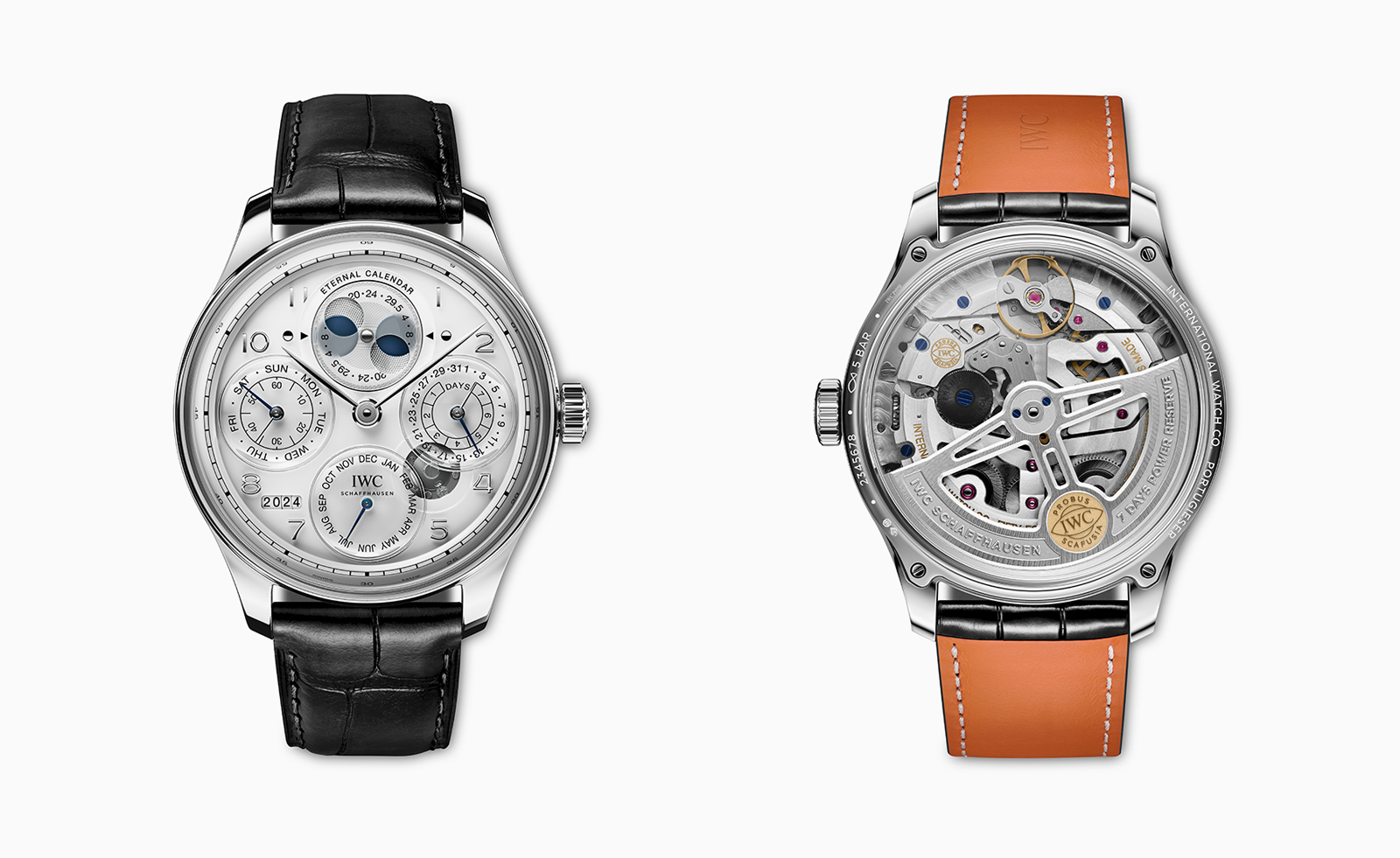 Take a look at the big winners of the watch world Oscars
Take a look at the big winners of the watch world OscarsThe Grand Prix d’Horlogerie de Genève is the Oscars for the watch world – get all the news on the 2024 event here
-
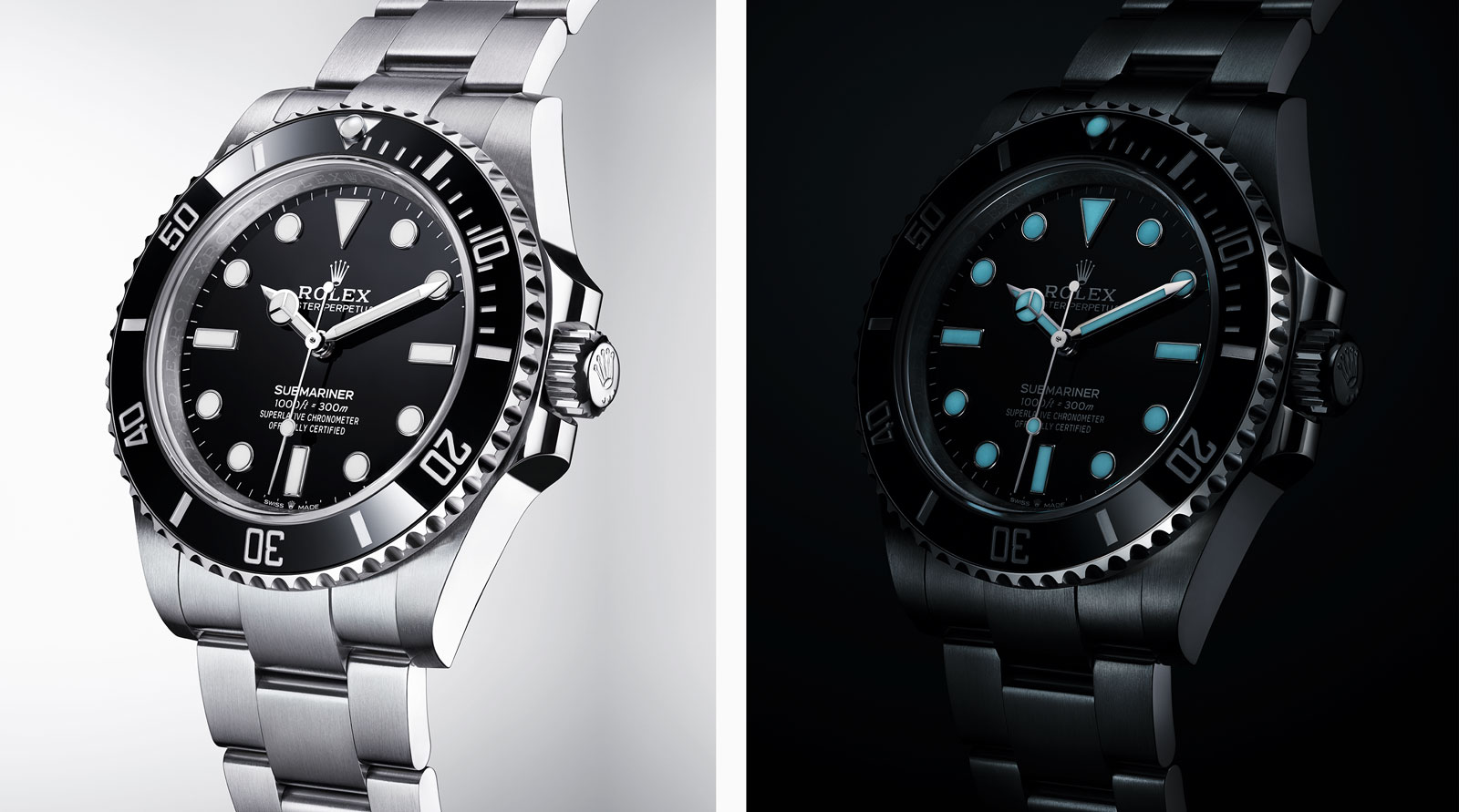 Classic watch designs to last a lifetime
Classic watch designs to last a lifetimeWhen considering which watch design to invest in, disregard trends and consider classic pieces characterised by timeless design
-
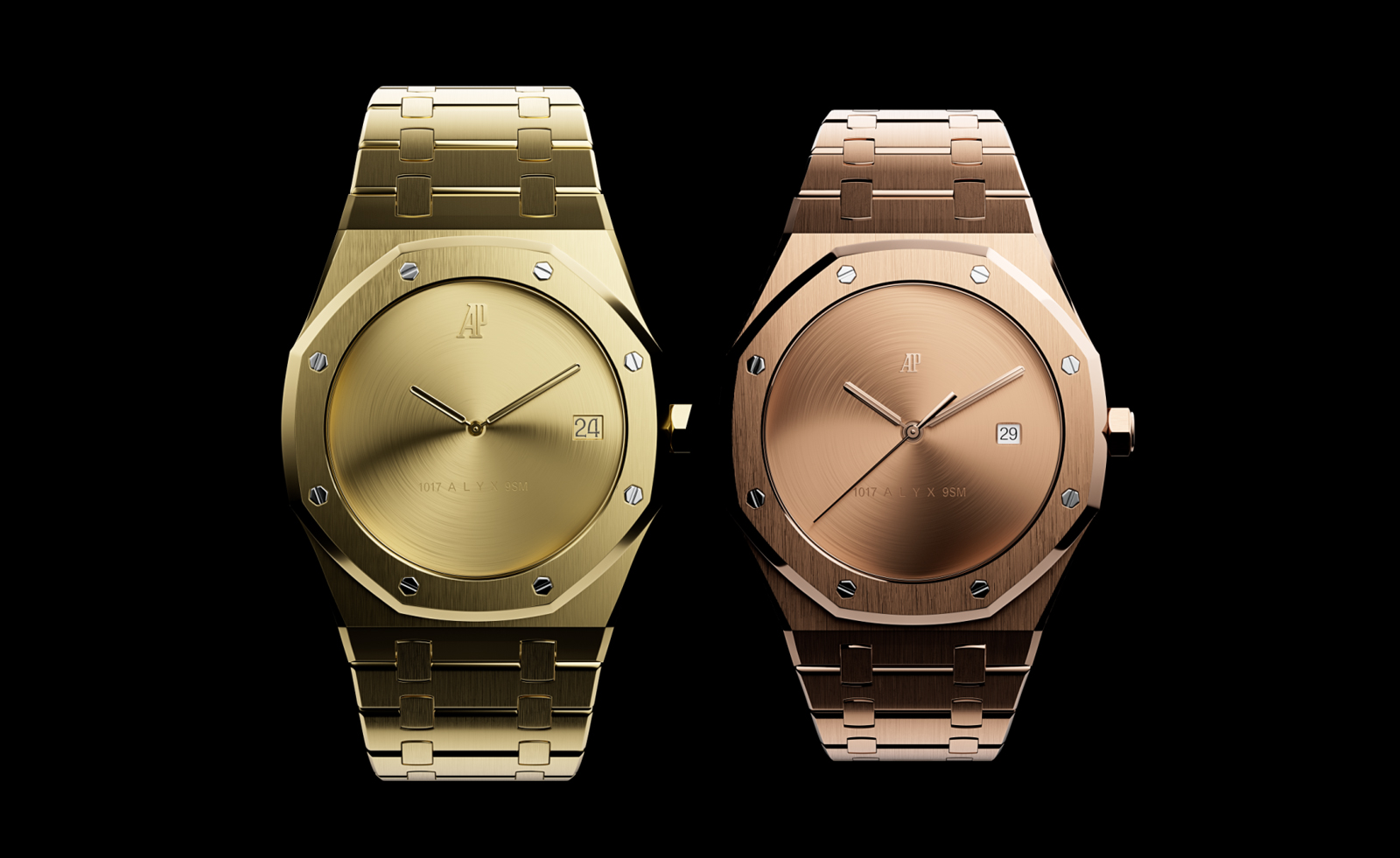 Browns and Mad Paris rethink Audemars Piguet Royal Oak
Browns and Mad Paris rethink Audemars Piguet Royal OakWatch customisation specialist Mad Paris has developed two new versions of the Audemars Piguet Royal Oak for Browns
-
 Time for an eco-friendly watch?
Time for an eco-friendly watch?Some of the more eco-friendly watch materials being embraced by sustainably-minded watchmakers include recycled steel, bioceramic and cork
-
 Boundary-breaking Chanel watch is tweaked for a new generation
Boundary-breaking Chanel watch is tweaked for a new generationThe Boy.Friend Skeleton appeals to both men and women with its distinctive octagonal silhouette
-
 On the button: Chanel's perfectly hidden timepiece
On the button: Chanel's perfectly hidden timepieceThe ‘Mademoiselle Privé Bouton’ watch is everything but off the cuff
-
 Sound bite: Jaeger-LeCoultre’s contemporary art celebrates acoustic watches
Sound bite: Jaeger-LeCoultre’s contemporary art celebrates acoustic watchesJaeger-LeCoultre and Swiss artist Zimoun have collaborated on an artwork to commemorate the 150 year anniversary of its first minute repeater